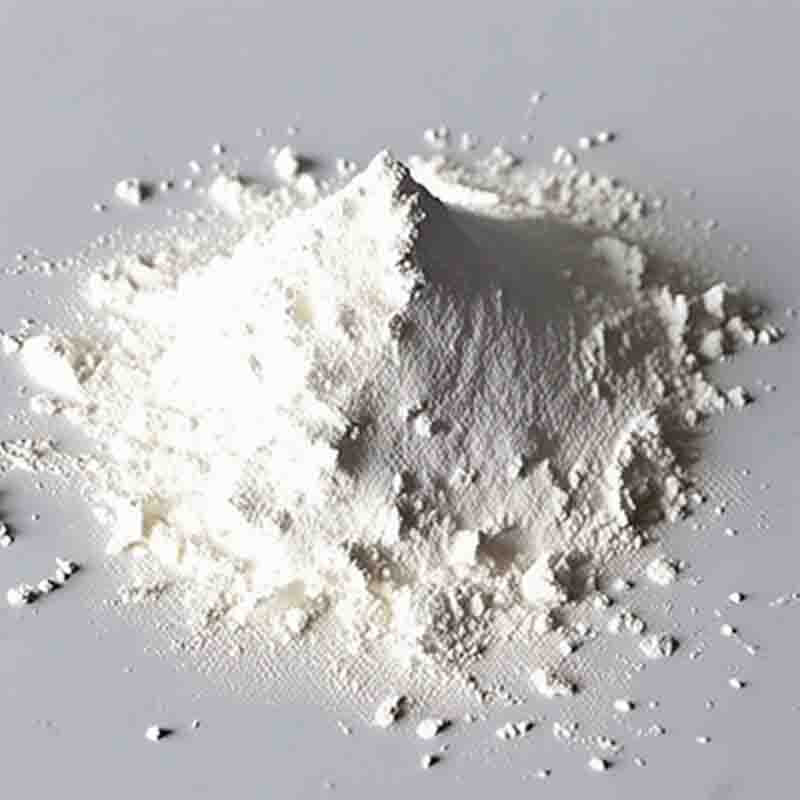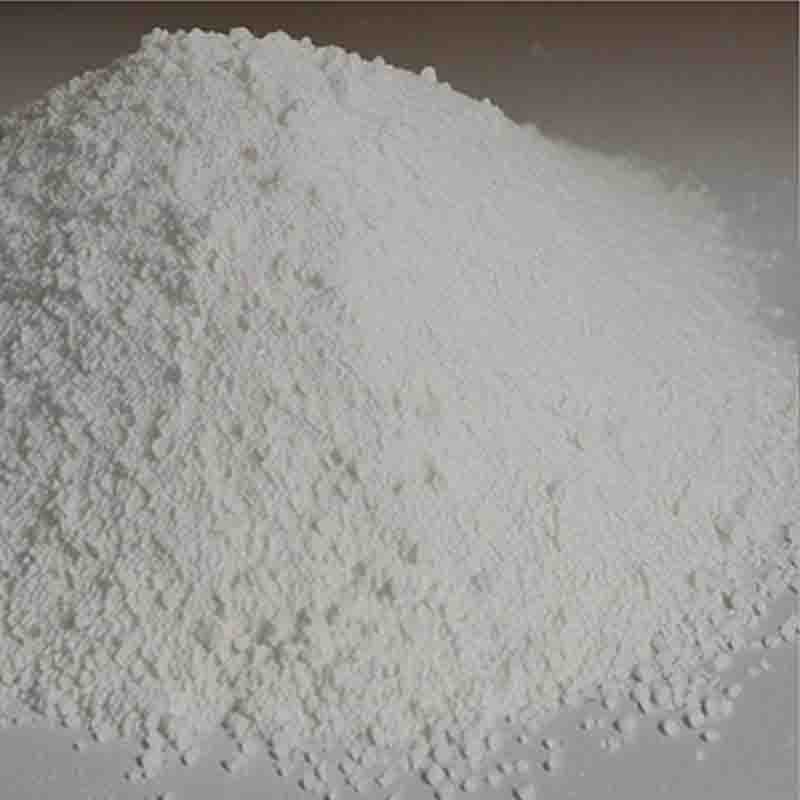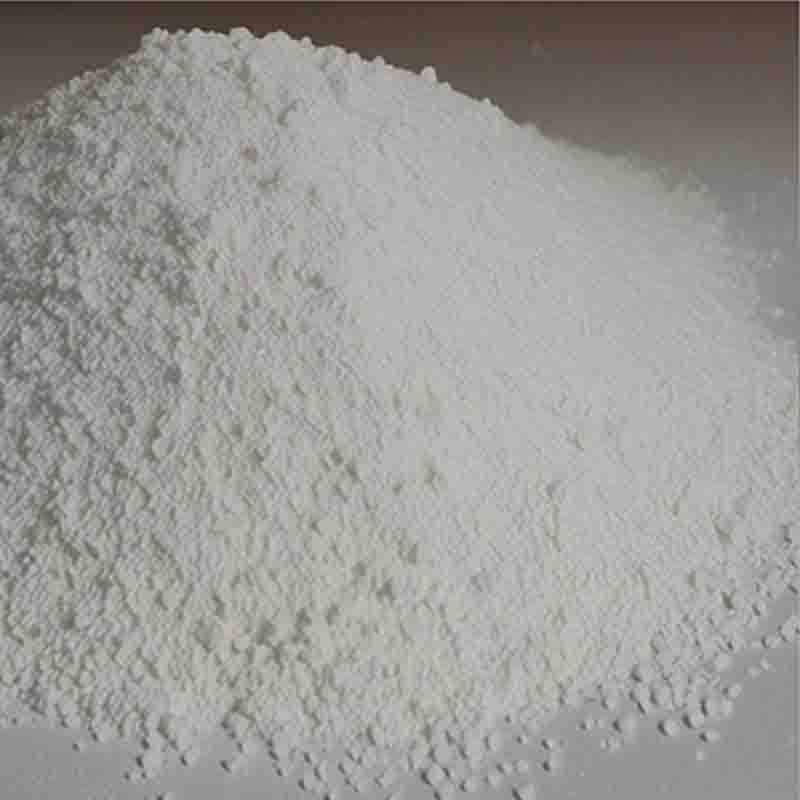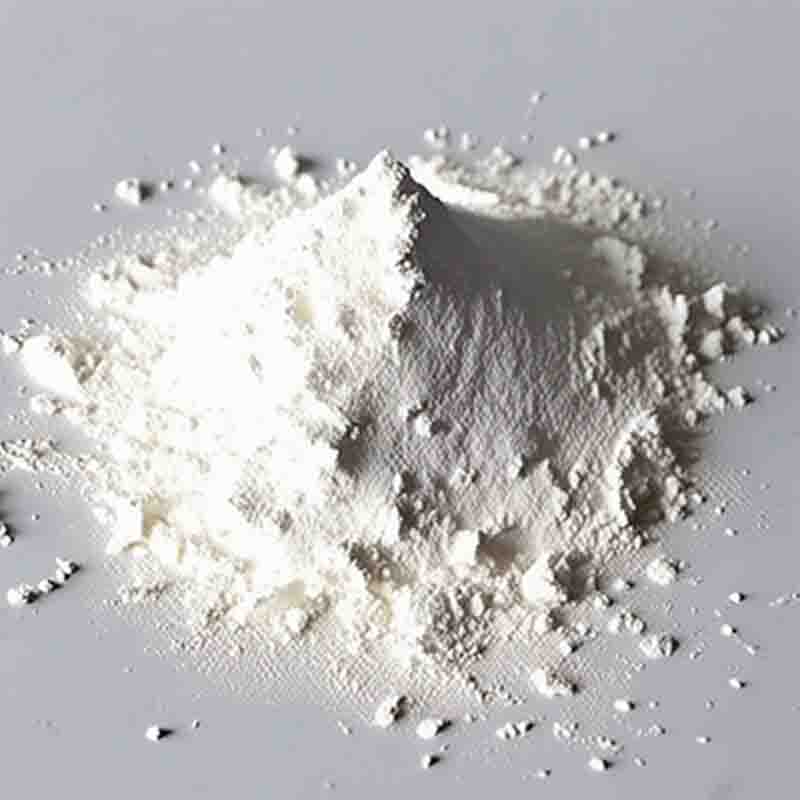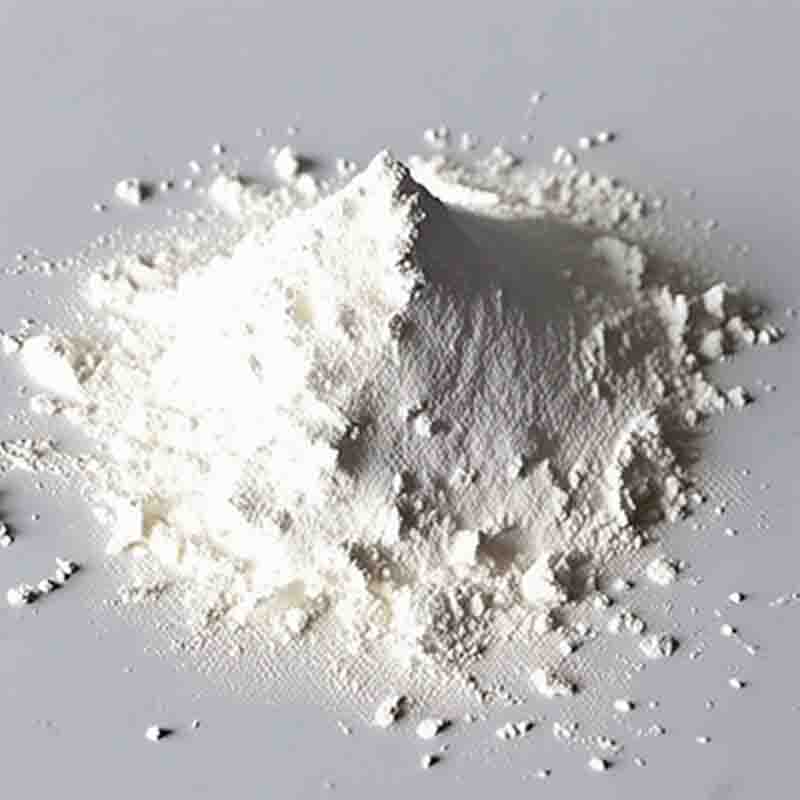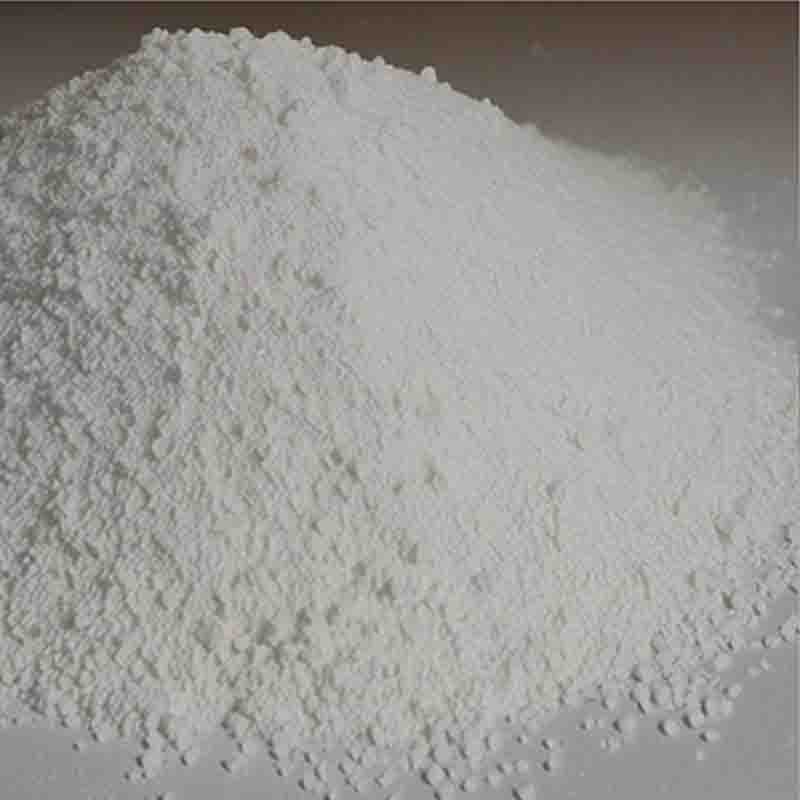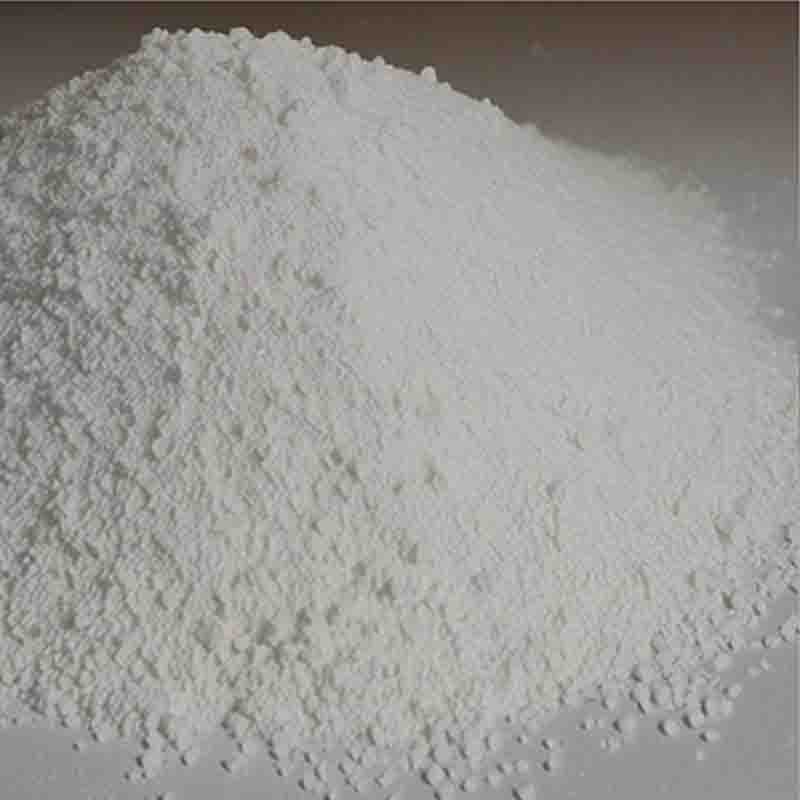3-(4-Hydroxyphenyl)-D-alanine CAS:556-02-5
| Catalog Number | XD95776 |
| Product Name | 3-(4-Hydroxyphenyl)-D-alanine |
| CAS | 556-02-5 |
| Molecular Formula | C9H11NO3 |
| Molecular Weight | 181.19 |
| Storage Details | Ambient |
Product Specification
| Appearance | White powder |
| Assay | 99% min |
3-(4-Hydroxyphenyl)-D-alanine is a compound that contains a hydroxyphenyl group attached to the alpha carbon of D-alanine. This modification gives it unique properties and potential effects in biological systems.One potential effect of 3-(4-Hydroxyphenyl)-D-alanine is its ability to modulate neurotransmitter synthesis and function. The hydroxyphenyl group is derived from tyrosine, an amino acid involved in the synthesis of neurotransmitters like dopamine, norepinephrine, and epinephrine. By incorporating 3-(4-Hydroxyphenyl)-D-alanine into polypeptide chains during protein synthesis, it can potentially influence the structure and function of proteins involved in neurotransmitter synthesis and release.Furthermore, 3-(4-Hydroxyphenyl)-D-alanine may have antioxidant properties due to the presence of the hydroxyphenyl group. Antioxidants play a crucial role in scavenging free radicals and reducing oxidative stress in cells, which can have beneficial effects on overall health and well-being. By acting as an antioxidant, this compound may protect cells from oxidative damage and contribute to the maintenance of cellular homeostasis.3-(4-Hydroxyphenyl)-D-alanine may also exhibit potential effects on enzymatic activity and signal transduction pathways. The hydroxyphenyl group can potentially interact with active sites of enzymes, affecting their catalytic activity and regulation. Additionally, it may participate in signal transduction pathways by modulating the function of receptors and downstream signaling molecules.Moreover, the unique structure of 3-(4-Hydroxyphenyl)-D-alanine may influence its pharmacokinetic properties, such as solubility, stability, and absorption. These factors are important for determining the compound's bioavailability and effectiveness as a potential drug candidate.It is important to note that these effects are hypothetical and further research is necessary to fully understand the precise mechanisms and potential applications of 3-(4-Hydroxyphenyl)-D-alanine in different biological systems. Detailed studies are needed to explore its effects on neurotransmitter synthesis, antioxidant activity, enzymatic activity, signal transduction, and pharmacokinetics.In conclusion, 3-(4-Hydroxyphenyl)-D-alanine possesses potential effects on neurotransmitter synthesis, antioxidant activity, enzymatic activity, signal transduction, and pharmacokinetics. Further research is required to investigate its specific effects in different biological systems and its potential applications in various fields, including neuroscience, biochemistry, and medicine.


